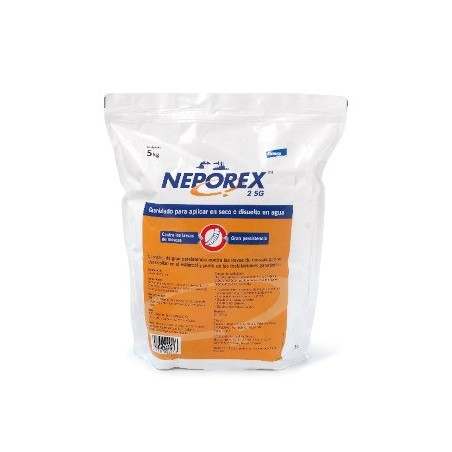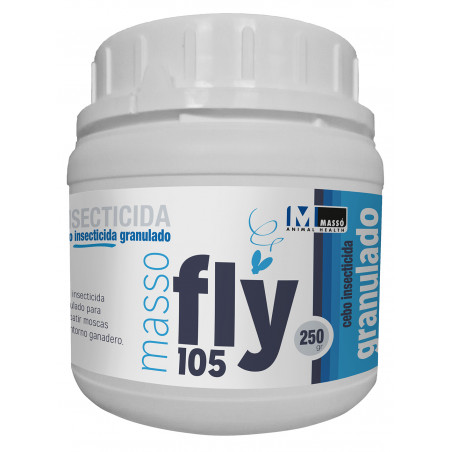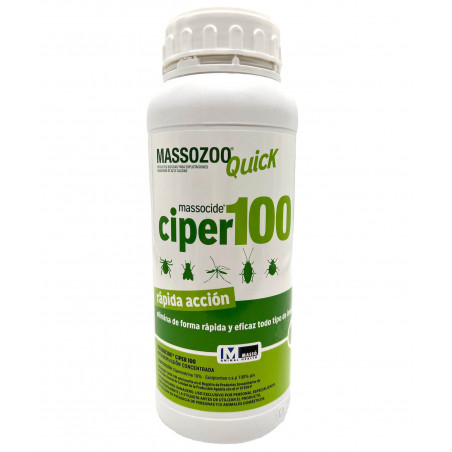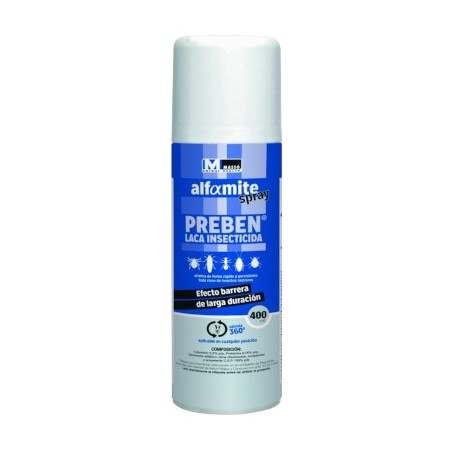The limited area available for cultivation and the European Union's dependence on soybean imports to feed a growing population with increasing animal protein demands will soon require the appearance of new alternatives to the land-based production of soybean meal as the customarily utilized protein source in animal feed. In this field, micro-algae and insect meals have emerged as two potential alternatives. The aim of the present study was to determine the impact on physico-chemical and sensory characteristics of pork resulting from alternative protein sources in pork diets. In particular, the dietary substitution of soybean meal by the micro-alga Spirulina (Arthrospira platensis) or black soldier fly (Hermetia illucens) partly-defatted larval meal was assessed. For that purpose, a total of 48 (Pietrain x (Large White × Landrace)) barrows (22 ± 1.6 kg BW) were randomly allotted into two experimental groups and a control with two replicates. The experimental treatments consisted on a control diet (a soybean based diet), and two supplemented diets, where 50% in replicate 1 and 75% in replicate 2 of the soybean meal was substituted by either Spirulina (SP) or partly-defatted Hermetia illucens (HI) larval meal. The first phase diets (25–50 kg BW) were fed for 5 weeks, and the second phase for 3 weeks, until the animals achieved 75 kg BW. The fattening phase (6 weeks) included a 100% substitution of the soybean meal. Physico-chemical and sensory pork quality was monitored under current industrial packaging conditions (highly-oxygenated modified atmosphere packaging).
Higher polyunsaturated fatty acids were observed for both alternative groups. As for sensory parameters, both SP and HI protein sources resulted in stronger overall odours compared to the control group; whereas only HI resulted in significantly higher juiciness values compared to the control (and SP) group(s).

In conclusion, final products hardly differed in sensory aspects from the control, and differences found in alternatively-fed products could be interpreted as sensory improvements.
Altmann, B. A., Neumann, C., Rothstein, S., Liebert, F., and Mörlein, D. (2019). Do dietary soy alternatives lead to pork quality improvements or drawbacks? A look into micro-alga and insect protein in swine diets. Meat science. https://doi.org/10.1016/j.meatsci.2019.03.001







